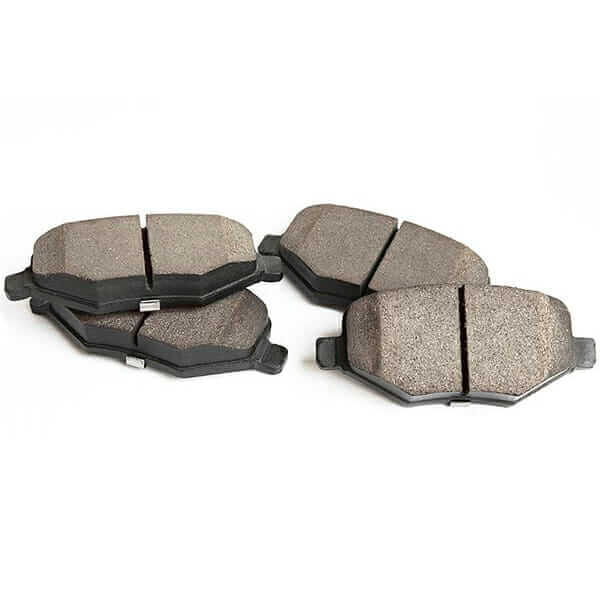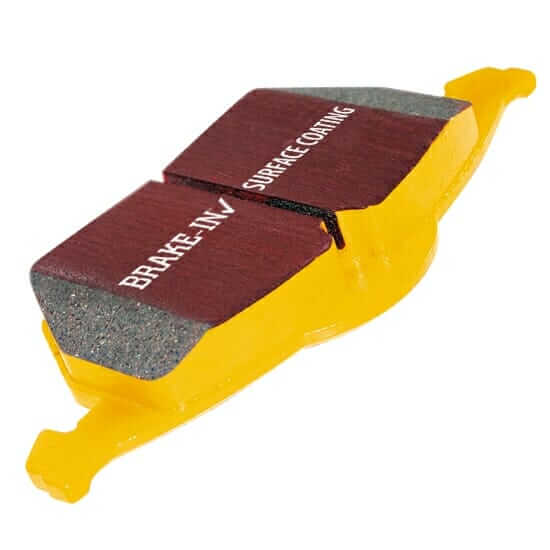How to bed in your new Brake Pads
It is important to bed in new brake pads to ensure the resins used to bind and form the pad are burned off. In doing so, some of the pad material is transferred to the brake disk, helping mate the disk and pad together as a pair. It is necessary to perform this procedure every time the brake pads are changed – even if the brake disks are re-used.
It is not typically necessary to bed in off the shelf OEM replacement brake pad compounds, but fast road / track day pads and full fat racing compounds should be properly bedded in after installation. The procedure to bed in track day and race compounds differ slightly due to the effective heat range of each compound type – race compounds need to be brought up to temperature before the bedding in process can be performed. Skipping the pre-warming step for a race compound can thermal shock the pad which may lead to hairline cracks in the compound and much shorter life spans.
At all times during these procedures, you should be aware of traffic around you (on the road or the track) as other drivers may not be prepared for you to suddenly brake in front of them!
Bedding a performance driving / track day pad
Steps to follow:
- Perform 3-4 gentle applications of the brakes to begin to heat up the pads. These braking events need not be taxing, just a slow but firm deceleration from 40-20, 60-40 etc. In general, driving to a section of road that is both safe and empty enough to complete the full bedding in process completes this sufficiently.
- From 60 – 80 MPH brake hard down to 20 MPH – DO NOT STOP. Repeat 7-10 times. You may be able to smell the brakes getting really hot during this – that is normal and an essential part of burning off the resins used in the pad construction
- Drive around for a few minutes avoiding a full stop where possible to allow the brakes to cool
- Repeat all of the above one more time
At this point your pads will be fully bedded and mated to the brake disc. It should go without saying that if doing the above on a public road, there should be no traffic around – I prefer evenings for this. This procedure works really well for quick pad changes at the track – it may even be possible to stop from a higher speed in such an environment and potentially speed up the process.
Bedding a full race compound pad
Steps to follow:
- Perform a series of 6 – 8 light to moderate brake events (from about 50 to 20 MPH), allowing a few seconds between each event to allow the heat generated to ‘soak’ into the brakes
- From approximately 60 – 80 MPH brake firmly to 20 MPH (avoiding a full stop) 6 – 8 times without allowing the brakes to cool between each braking event
- Avoid using the brakes as much as possible for a few minutes to allow them to cool and then repeat the process once more
On a competition car with brake cooling ducts, it may be advisable to block them for the duration of the bedding in process in order to keep heat in the brakes; speeding up the process.





